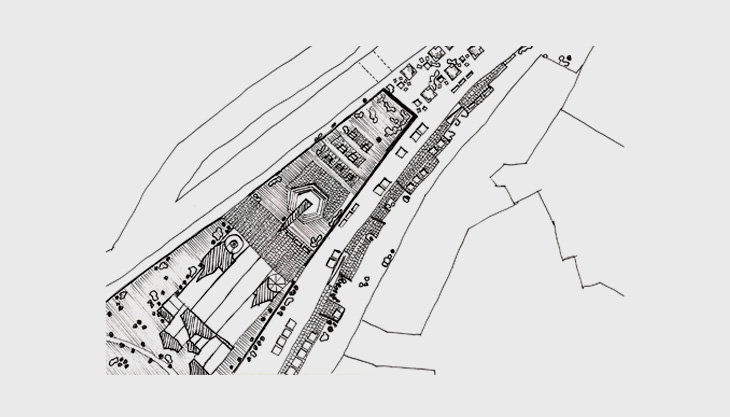
De_strat [ify] ford, regenerating Stratford area in London
GENERAL INFORMATION
- Location: Stratford, London, UK
- Academic work in UCL | group project | master course | 2018
DESIGN PRINCIPLES
This project focuses upon Stratford High Street, an area characterised by a large motorway, disused industrial buildings, modern high rises, canal routes, post-war residential neighbourhoods and an empty High Street. The major issue in the area is that the society is stratified and despite the close proximity, people of Stratford are disconnected from each other physically and socially. This urban problem is not new and redevelopment schemes have occurred to solve it before with no apparent positive result. Each time the vision is grander and each time social stratification is increased. Here, having learnt from the failure and risk of large-scale interventions the group used another urban technique, urban acupuncture, where small-scale interventions is the key component.
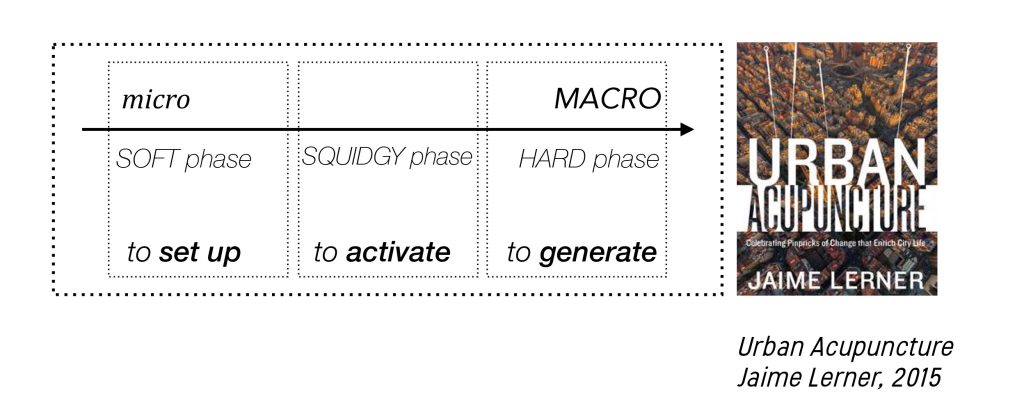
DESIGN PROCESS
An analysis of the area was the first step to understand the context, the strengths, weaknesses, opportunities and threats. Interviews with locals helped to reinforce the background information and to see the vision for Stratford through the local residents’ perception.
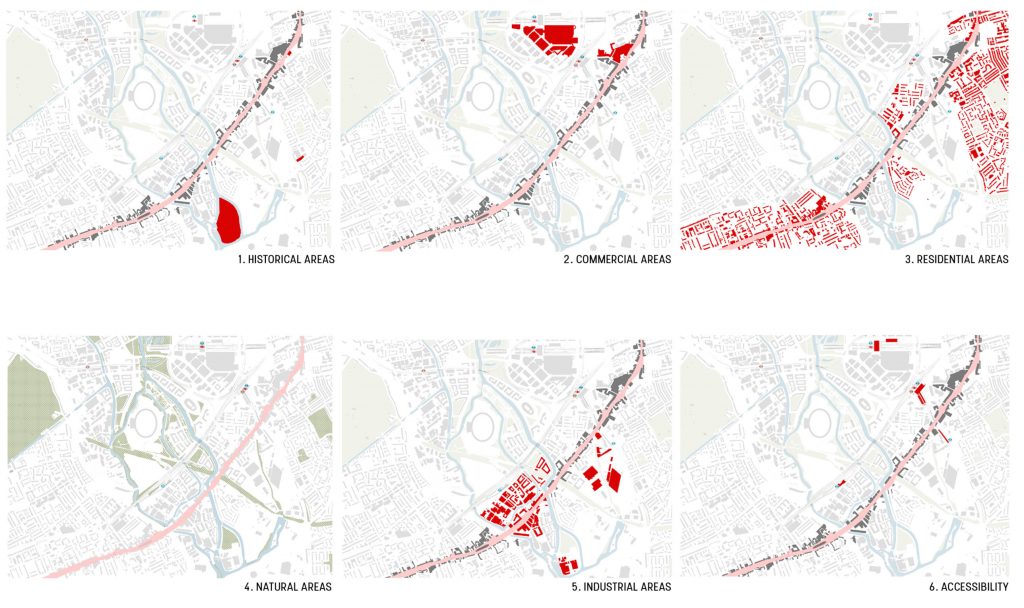
Opportunity sites were identified from the analysis which were the focus of the urban acupuncture technique. The group believed that by following this strategy, the social stratification that is detrimental to the livelihood of Stratford, could be ended. Five interventions were designed and planned to be developed over three phases. In this way, any possible risk could be evaluated or identified at an earlier stage avoiding mistakes later on.
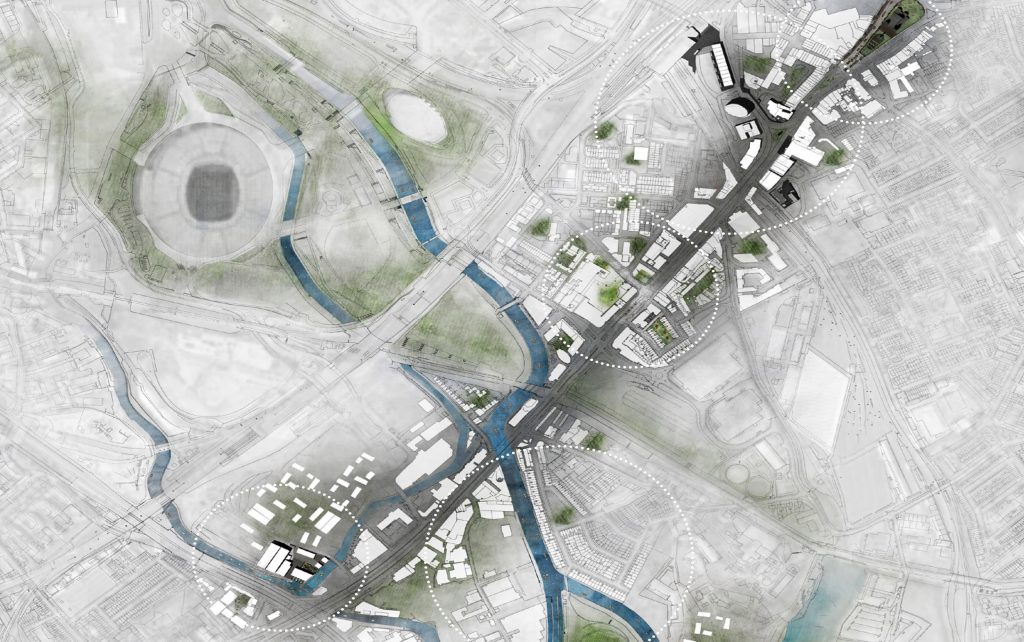
The intervention also aimed to mix the uses within Stratford so that it develops into an area that is not separated by individual uses as it is now, but where work spaces, residential, retail are all mixed together as seen in the image below. The interventions are likely to be modified as the local community gets involved so as to better serve people’s needs. This only, enhances the potential benefits of this urban technique.
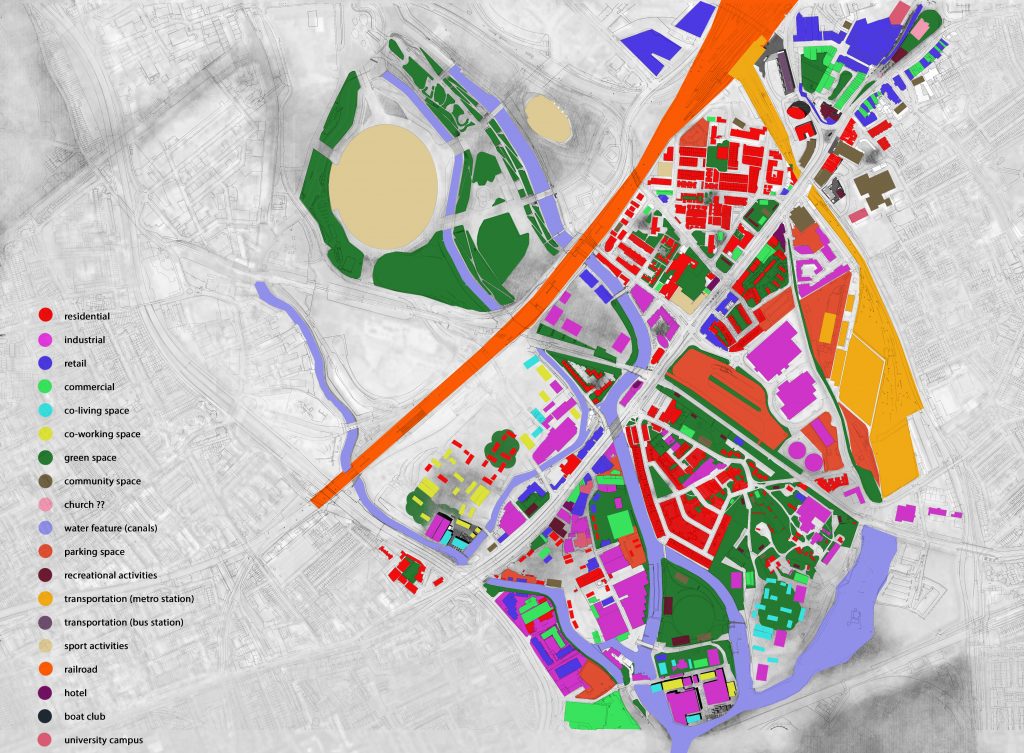
FINAL THOUGHTS AND CONSIDERATIONS
Successful regeneration schemes are very challenging to design. The larger the scale the higher the risk. Masterplans are complex drawings and include many layers of design and planning underneath them. However, due to the fact that they offer zero flexibility, they present a high risk of failure. Today’s world changes rapidly and masterplans with a 10-year lifespan are simply not the answer. In a time of constant change, design should be addressed with resiliency.
This project experiments on producing a smart plan instead, which includes the same analytical process and in addition it identifies opportunity areas where urban acupuncture technique is tested. If the findings are positive, then the next phase comes and so on, till it is fully completed. What is important is that the design can be stopped at any time or phase, if the findings are negative, or modified, if new factors are introduced.
